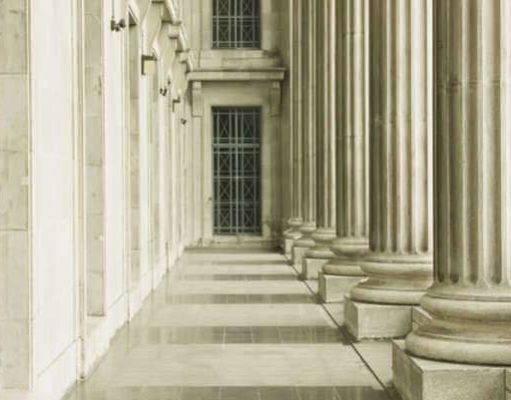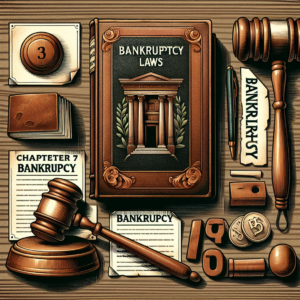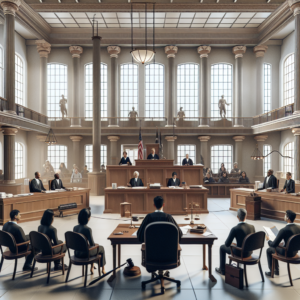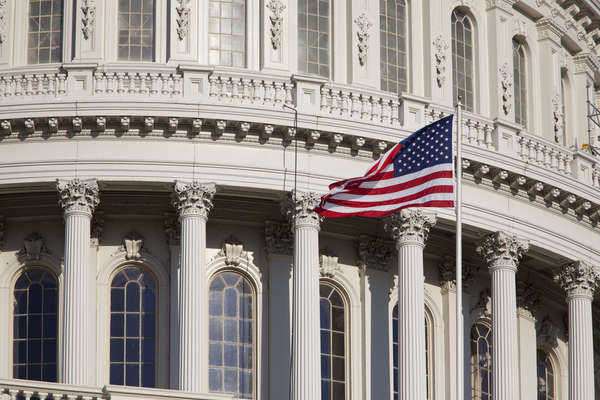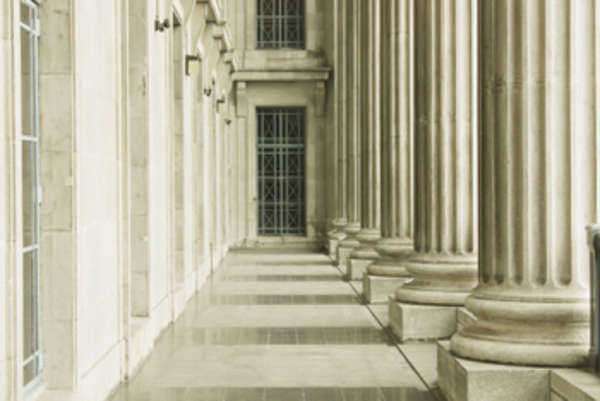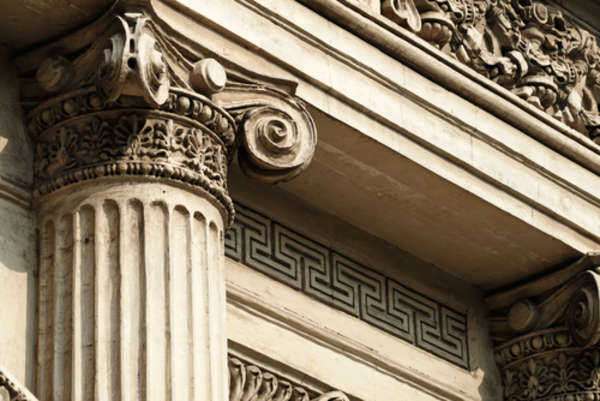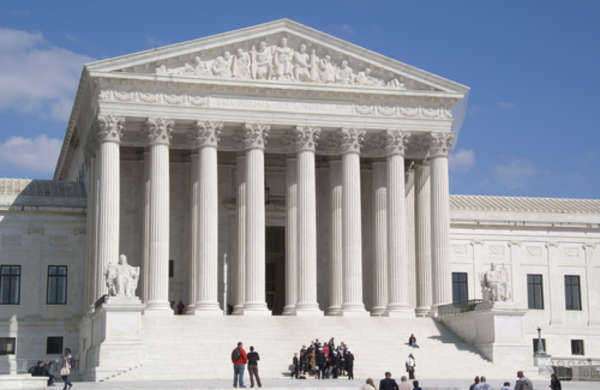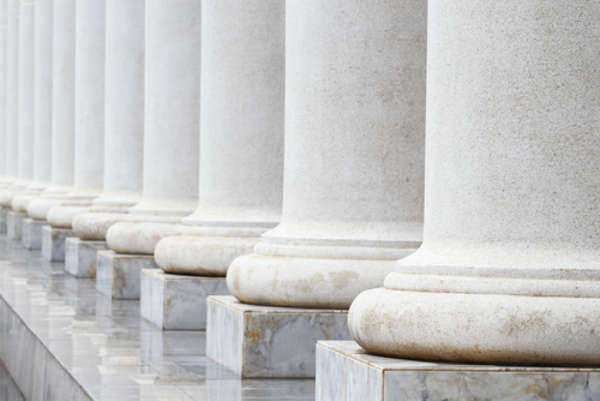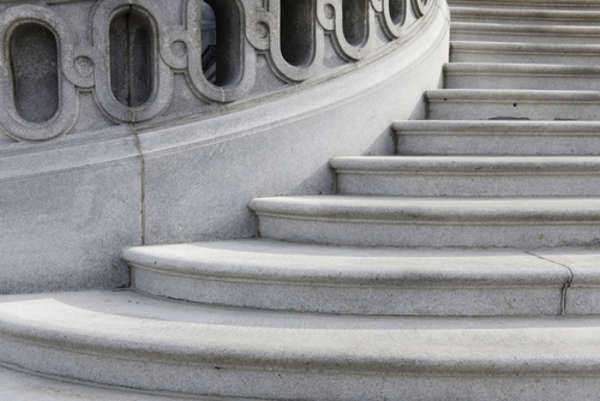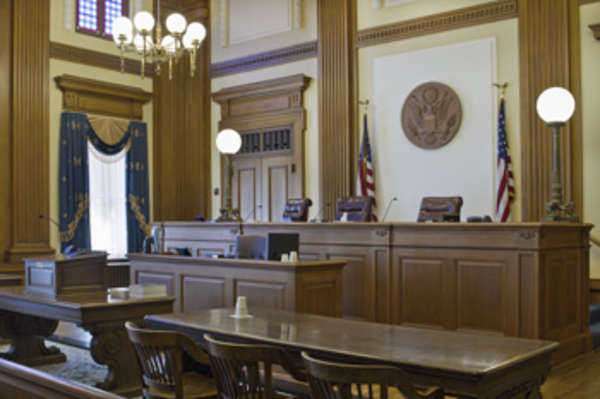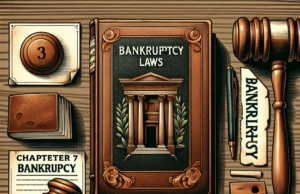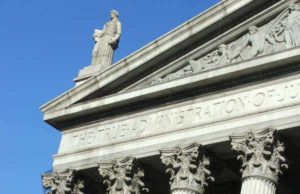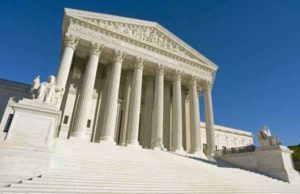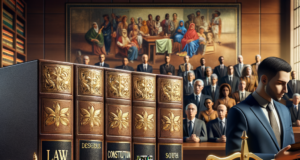Behind Closed Doors: The Controversial Truth of Judicial Appointments
The judicial appointment process is a cornerstone of democratic governance, yet it remains shrouded in controversy and political maneuvering. As courts increasingly influence public policy and societal norms, the stakes surrounding judicial nominations have never been higher. This article delves into the intricacies of the judicial appointment process, the political influences at play, recent controversies, and the broader implications for legal precedents and public policy. It also highlights the growing calls for transparency and accountability in a system that many believe is in dire need of reform.
Understanding the Judicial Appointment Process: An Overview of Key Steps and Stakeholders
The judicial appointment process varies significantly across different jurisdictions, but it generally involves several key steps and stakeholders. In the United States, for instance, federal judges are nominated by the President and confirmed by the Senate. This process begins with the identification of potential candidates, often influenced by recommendations from legal associations, political allies, and interest groups. Once a nominee is selected, the Senate Judiciary Committee conducts hearings to evaluate the candidate’s qualifications, judicial philosophy, and past rulings. Following these hearings, the committee votes to send the nomination to the full Senate, where a final vote determines whether the nominee is confirmed. This intricate process not only involves the executive and legislative branches but also reflects the interests of various stakeholders, including advocacy groups, legal professionals, and the public.
The Role of Political Influence in Shaping Judicial Appointments and Their Implications
Political influence plays a pivotal role in shaping judicial appointments, often leading to significant implications for the judiciary’s independence and impartiality. The selection of judges has become increasingly partisan, with nominees frequently reflecting the ideological leanings of the President and the Senate majority. This trend has resulted in a judiciary that mirrors the political landscape, raising concerns about the potential erosion of judicial neutrality. As judges are appointed based on their political affiliations rather than their qualifications or judicial temperament, the risk of politicized rulings increases. This phenomenon not only undermines public trust in the judiciary but also raises questions about the long-term implications for the rule of law and the protection of individual rights.
Examining the Controversies Surrounding Judicial Nominations in Recent Years
Recent years have witnessed a series of high-profile controversies surrounding judicial nominations, particularly at the federal level. The confirmation of Justice Brett Kavanaugh in 2018 was marked by intense scrutiny and allegations of sexual misconduct, which ignited a national debate about the standards for judicial nominees. Similarly, the swift confirmation of Justice Amy Coney Barrett just weeks before the 2020 presidential election raised questions about the legitimacy of the process and the implications of “court-packing.” These controversies have not only polarized public opinion but have also prompted discussions about the ethical standards and vetting processes for judicial nominees. As the stakes continue to rise, the potential for future conflicts and controversies looms large, challenging the integrity of the appointment process.
The Impact of Judicial Appointments on Legal Precedents and Public Policy
Judicial appointments have far-reaching consequences for legal precedents and public policy, influencing everything from civil rights to healthcare access. The ideological composition of the courts can determine the fate of landmark legislation and the interpretation of constitutional rights. For instance, the Supreme Court’s decisions on issues such as abortion, gun control, and voting rights are often reflective of the judicial philosophies of its members, which are shaped by their appointment processes. As judges serve lifetime appointments, their rulings can create lasting impacts on society, often outlasting the political administrations that appointed them. This dynamic underscores the critical importance of understanding the implications of judicial appointments, as they can fundamentally alter the legal landscape and affect the lives of millions of citizens.
Transparency and Accountability: Calls for Reform in the Appointment Process
In light of the controversies and political influences surrounding judicial appointments, there have been increasing calls for reform aimed at enhancing transparency and accountability. Advocates argue that the current process lacks sufficient oversight and public engagement, leading to a perception of elitism and partisanship. Proposals for reform include implementing more rigorous vetting procedures, establishing clear criteria for nominations, and increasing public access to information about candidates’ qualifications and judicial philosophies. Additionally, some have suggested the introduction of term limits for judges or the establishment of independent commissions to oversee the appointment process. These reforms aim to restore public confidence in the judiciary and ensure that appointments are based on merit rather than political expediency.
Navigating the complex landscape of judicial appointments reveals a system fraught with political influence, controversy, and significant implications for the rule of law. As the judiciary continues to play a crucial role in shaping public policy and protecting individual rights, the need for transparency and accountability in the appointment process becomes increasingly urgent. By addressing the challenges and controversies inherent in judicial nominations, stakeholders can work towards a more equitable and impartial system that upholds the principles of justice and democracy. The future of the judiciary—and, by extension, the rights of citizens—depends on a commitment to reform and a recognition of the profound impact that judicial appointments have on society.

